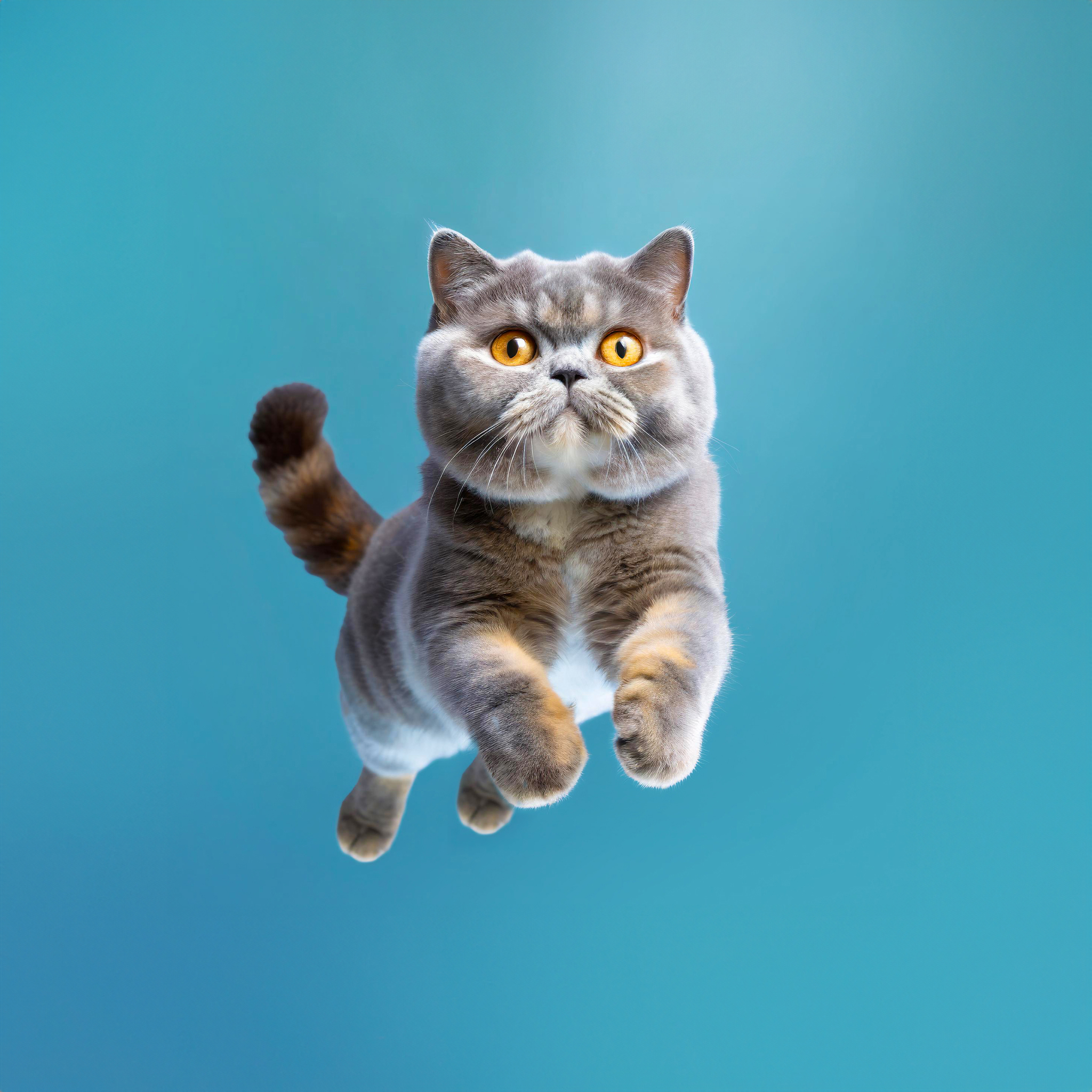Brachycephaly
Exotic Shorthair brachycephaly. This means that he is characterized by a short nose and narrowed nostrils. That is why these important members of the family become prone to breathing problems as the temperature rises. This problem worsens with weight gain. That is why eating healthy food and monitoring weight is of particular importance to prevent the problem.
Due to the brachycephalic structure of the skull, it is especially dangerous to leave the Exotic Shorthair indoors for a long time. In a closed environment, these important members of the family find it difficult to breathe and develop seizures. Also, avoid walking on boxer shorts. High air temperature and direct sunlight cause a large amount of mucus to accumulate in the nasal cavity of our companion animals and cause breathing difficulties.
Skin Infections
The main cause of skin infections typical for Exotic Shorthairs is an allergic background. Your four-legged friend may be sensitive to food or environmental allergens (dust and mold), but in any case, the symptoms caused by allergies will be easily noticed. Symptoms include itching of the skin and excessive shedding of fur.
To avoid complications related to skin diseases, we recommend using hygiene products specially designed for cats. Also, it is recommended that important members of your family avoid wheat, corn and soy as much as possible. Be sure to visit a nutritionist to identify other specific allergens.
Parasites living on the skin of the companion animal may also be the cause of the disease, therefore, use hygiene products recommended by a veterinarian to prevent fleas, ticks and other pests.
Polycystic Kidney Disease
Polycystic kidney disease is a genetic disease that causes fluid-filled cysts to form and disrupt kidney function. To prevent the spread of the disease, it is necessary to identify companion animals carrying the polycystic gene and declare them unfit for the breeding process.
A specialized diet may be necessary to support kidney function. It is recommended to conduct this process only in collaboration with an experienced nutritionist. Blood tests, regular veterinary check-ups and competent companion animal care practices can help manage the disease and adjust the treatment strategy.

